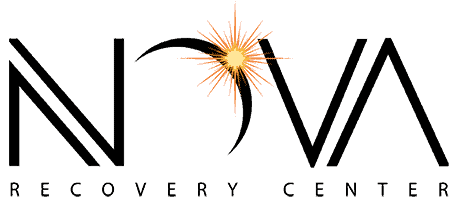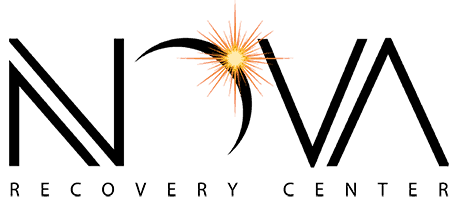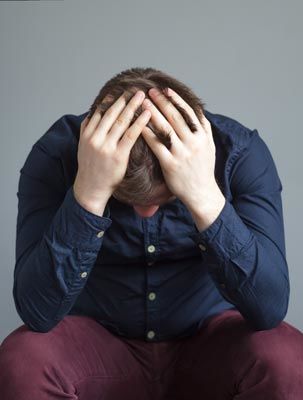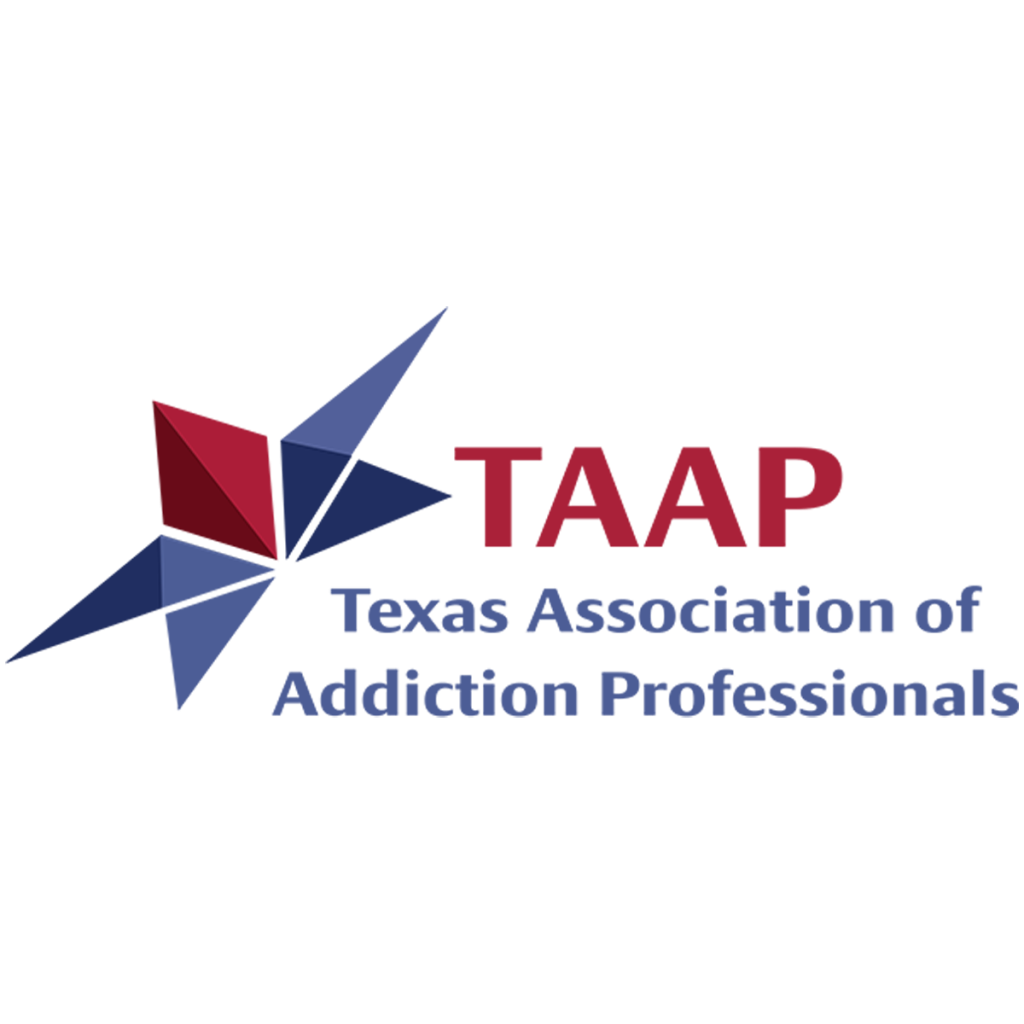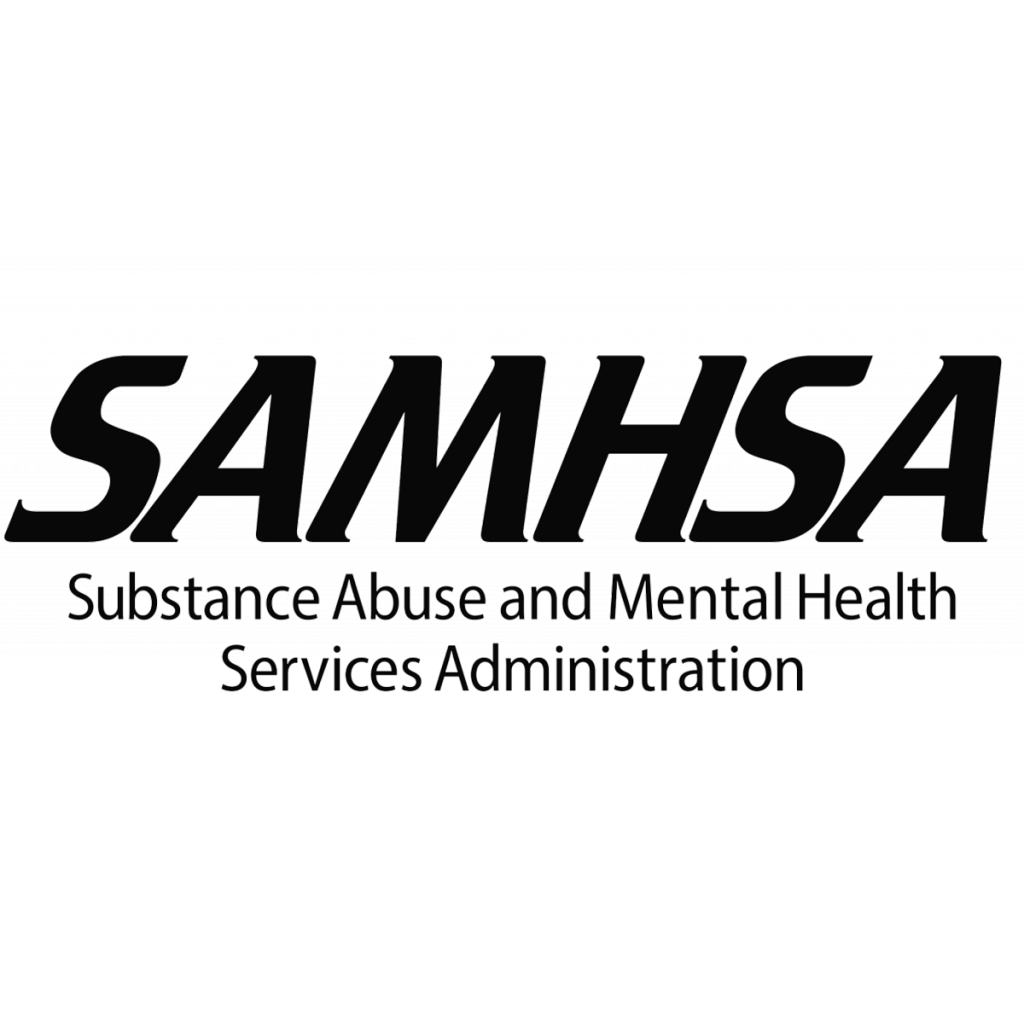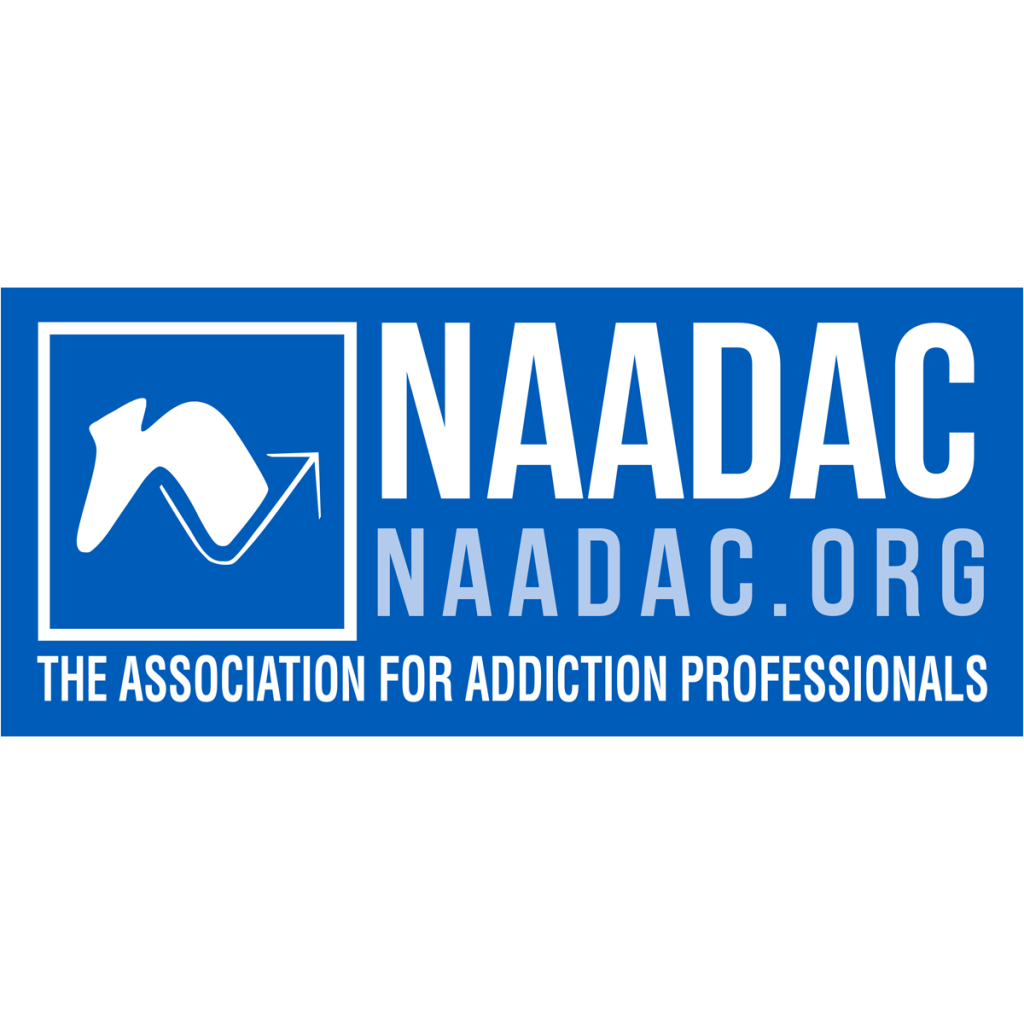Marijuana

Complete Guide to Marijuana Addiction and Treatment

What Is Marijuana?
Marijuana refers to the leaves, flowers, stems, and seeds of the Cannabis sativa or Cannabis indica plant. It contains more than 400 chemicals, including a mind-altering chemical called THC that produces a physical high when the marijuana is smoked.
The effects of marijuana will vary depending on the person using it, but when it is smoked, the THC passes from the lungs into the bloodstream very quickly. When consumed via an edible product, the effects of marijuana will take about 30 minutes to an hour to appear.
THC affects certain parts of the brain, leading to effects like altered senses, mood swings, impaired memory and body movement, hallucinations, and more.
Marijuana is produced in a number of different forms such as:
- Cigarettes (also called joints)
- Edibles like brownies and tea
- Hash oil or honey oil
- Wax or budder
- Shatter
Since it comes in so many different forms, people also use marijuana in many different ways. Some people hand-roll cigarettes (also known as joints) and smoke them. Others mix the dried marijuana leaves into edible products and eat them. Another common practice, called dabbing, involves smoking the THC-rich resins found in hash oil, honey oil, wax, budder or shatter.
Although popular, dabbing can also be very dangerous because it requires that users prepare the extracts using lighter fluid, which can cause accidents and physical injury.
The medical and recreational use of marijuana is legal in some states but not others, reflecting an increasing acceptance of marijuana use in the United States. In many states, marijuana use is still illegal.
Slang for Marijuana
The following terms are street names or slang for marijuana:
- Weed
- Pot
- Grass
- Mary Jane
- Reefer
- Blaze
- Dope
How Common Is Marijuana Addiction and Abuse?
Marijuana is one of the most widely abused drugs in the world. Marijuana addiction in the United States is also very common. According to SAMHSA’s 2016 National Survey on Drug Use and Health, 36.7 million people reported that they used marijuana over the past year. According to the National Institute on Drug Abuse (NIDA), marijuana use is also widespread among young people, and the number of middle and high school students who believe marijuana use is dangerous is steadily decreasing.
The medical use of marijuana to treat various illnesses and physical conditions is still being studied. Although the FDA has approved some medications that contain cannabinoids, the marijuana plant has not been recognized or approved by the FDA for medicinal purposes. Scientists are still conducting preclinical and clinical trials to determine the efficacy of the marijuana plant to treat illnesses and other conditions.
Although the topic of marijuana addiction is one that is highly debated, research suggests that between nine and 30 percent of individuals who use marijuana may develop some degree of marijuana use disorder. The U.S. Department of Health and Human Services also reports that one in every 11 marijuana users will become addicted.
Marijuana Addiction vs. Marijuana Use Disorder: What’s the Difference?
Marijuana use disorder, which is characterized by a physical dependence on the substance, is more common than marijuana addiction. Although the addictive qualities of marijuana are commonly disputed, according to the National Institute on Drug Abuse, marijuana addiction occurs when the brain modifies its production and sensitivity to its own endocannabinoid neurotransmitters to adapt to large amounts of marijuana.
Marijuana addiction is also characterized by an inability to control usage habits, even though the marijuana usage may have negative consequences in various aspects of life.
Is Marijuana a Gateway Drug?
Marijuana can be a gateway drug. According to Drugabuse.gov, some research suggests that marijuana use is likely to come before the use of other drugs. Marijuana use is also linked to addiction to other substances, including nicotine. In addition, studies show that the THC in marijuana makes other drugs more pleasurable to the brain. Although these findings support the idea of marijuana as a “gateway drug,” the majority of people who use marijuana might not go on to use “other hard drugs”.
Marijuana Addiction Statistics
- The THC content of marijuana has increased as much as 300 percent since the 1960s, which affects marijuana abuse and tolerance.
- About 14.8 percent of people who entered marijuana rehab programs did so of their own accord.
- Two out of every five high school students have tried marijuana before.
- Of those who start using marijuana at age 14 or 15, 17 percent become dependent within two years.
- According to the Substance Abuse and Mental Health Services Administration, 67 percent of new marijuana users are under 18 years old. Of these teens, one out of every six will become dependent on marijuana.
- In 2016, of the estimated 7.4 million people addicted to illicit drugs, the most common addiction was marijuana, with 4 million people ages 12 or older addicted to it.
What Are Signs of Marijuana Use?
Here are some tips to look out for if someone you know might be using marijuana.
- Drug paraphernalia: Look out for pipes and bongs, these instruments ts are used to smoke marijuana. Tin Soda Cans can also be used as a pipe. People can get very creative when finding ways to smoke, a good indicator is a smell left behind.
- The Munchies: Tetrahydrocannabinol (THC), the active ingredient in marijuana, activates parts of the brain that are linked to appetite. Munchies usually include “junk food.” If you noticed an incredible increase in appetite, rooms littered with bags of chips, frequent fast food trips, empty food pantry’s and the refrigerator being raided, this could be a sign of marijuana use.
- Change in behavior: Be careful when determining if a change in behavior is related to marijuana drug use. If they no longer enjoy experiences they once loved and enjoyed, signs of depression or isolation, lounging around on the couch and a sudden sign of lethargy may be drug-related. A sudden change in friends, especially no longer hanging out with the good ones some say is a sign of change.
- Change in music, movies, and clothing: A sudden interest in Reggae Music and a collection of stoner movies such as Harold and Kumar or Cheech and Chong movies may be a sign of marijuana use. Other movies like Pineapple Express, Dazed and Confused, Half Baked, and Grandma’s Boy also are filled with drug use, check their Netflix accounts to see what they have recently watched. A change in pot-inspired clothing, especially anything with a green leaf or the numbers 420 on it could also signify a change in interests associated with marijuana use.
- Hygiene changes: This could go both ways, sometimes people who use marijuana are often untidy, wearing the same clothing day in and day out, and not taking proper care of personal hygiene. On the other side, those who want to hide their drug use may over spray cologne or use breath mints and eye drops to mask the signs of being high.
Other signs of marijuana drug use can be, burnt edges on the bottom of lighters (used to pack bowls), thinking everything you say is hilarious, suddenly needing for more money, appearing stoned (bloodshot red eyes) and a sudden drop in academic performance.
What Are the Side Effects of Marijuana Addiction?
Marijuana abuse and addiction can cause a variety of problems that affect the overall well-being of an individual. It may have a wide range of physical and mental effects and doesn’t always affect everyone in the same way.
Immediate short-term effects of marijuana abuse may include:
- Impaired learning
- Hallucinations
- Paranoia
- Euphoria
- Increased appetite
- Disorganized thinking
- Altered sense of time
- Mood swings
- Impaired senses
- Difficulty problem-solving
- Lack of coordination and balance
- Memory problems
- Impaired body movement
- Hallucinations
- Delusions
- Psychosis
- Bronchitis
- Bronchial asthma
- Emphysema
- Increased risk of developing addiction
- Increased risk of developing other substance abuse problems
Long-term effects of marijuana addiction and abuse may include:
- Impaired brain development (when marijuana is abused at a young age)
- Breathing problems
- Higher risk of lung infections
- Increased heart rate
- Impaired child development during and after pregnancy
- Weakened immune system
- Depression
- Anxiety
- Suicidal thoughts
Psychological problems associated with marijuana addiction and abuse include:
- Anxiety
- Paranoia
- Lethargy
According to the NIDA, individuals who frequently use large amounts of marijuana also report lower satisfaction in life, poorer physical and mental health, and more relationship problems than those who do not use marijuana.
A study published in 2004 also found that consistent use of marijuana was associated with lower educational attainment. Heavy use can also cause time distortions and judgment impairment, making users more likely to participate in risky or dangerous behaviors while under the influence.
[sc name=”phoneinsurancecta”]
What Are Signs of Marijuana Addiction?
Different individuals may develop varying levels of physical dependence and addiction to marijuana. Although anyone can become addicted to marijuana, there are some factors that may increase a person’s risk of developing a drug addiction. They include:
- Lack of family involvement – A lack of parental and family involvement has been shown to increase a child’s likelihood of developing a substance use disorder later in life.
- History of family addiction – If a child has a parent or close family member who is addicted to drugs and/or alcohol, he or she is more likely to develop an addiction later in life.
- A psychiatric disorder – If a person has a psychiatric disorder such as depression, schizophrenia, or anxiety, he or she is more likely to develop a substance use disorder than someone who does not have a psychiatric disorder.
If a person is addicted to marijuana, he or she will most likely display all or some of the following symptoms:
- Needing more marijuana to achieve the same high.
- Having an inability to control marijuana use.
- Having extreme cravings for marijuana.
- Experiencing uncomfortable withdrawal symptoms when the effects of marijuana wear off.
- Getting into dangerous and/or life-threatening situations while under the influence of marijuana.
- Neglecting hobbies and important obligations such as school, work, or family.
- Continuing to use marijuana despite the harmful effects it causes.
How to Treat Marijuana Addiction
Marijuana addiction help is available for those who need it. Although there is no specific marijuana addiction cure, professional treatment can help you overcome your addiction. If you are struggling with marijuana abuse, there are several different marijuana addiction treatment options that can help, such as:
- Medical Detox
- Residential Inpatient Treatment
- Outpatient Treatment
- Sober Living
- Aftercare
Marijuana Detox and Withdrawal Symptoms
If you are addicted or physically dependent on marijuana you will experience uncomfortable withdrawal symptoms when you try to stop using it. These symptoms can make it very difficult to achieve sobriety without giving in to your cravings and using again.

The best way to stop using marijuana for good is to enroll in a medically assisted detox program. This is especially true if you have been using marijuana heavily for several years or have tried to quit before but relapsed. A detox center can provide a safe period of medical observation to help you proceed through the withdrawal process safely and comfortably before reaching a state of sobriety.
Symptoms of marijuana withdrawal will vary among individuals, but some common symptoms include:
- Nausea
- Tremors
- Anxiety/panic attacks
- Diarrhea or constipation
- Irritability
- Depression
- Restlessness
- Marijuana cravings
- Weight loss
- Insomnia
Marijuana Withdrawal Timeline
| 24 hours after the last dose: | General feelings of discomfort may begin, including irritability, anxiety, and insomnia. |
| 2-3 days after the last dose: | Withdrawal symptoms usually peak during this time and may include sweating, chills, stomach pains, and intense cravings for marijuana. |
| 4-5 days after the last dose: | Most cravings will have subsided but cravings and psychological effects such as anxiety may linger for several weeks after detox is completed. |
Long-Term Rehab for Marijuana Addiction
Because marijuana cravings and other psychological effects of marijuana withdrawal may linger for weeks after detox, a long-term rehab program may be necessary to achieve lasting sobriety. Additionally, returning to a home environment where marijuana abuse is accepted or convenient may also compromise sobriety.
Marijuana addiction rehab centers provide essential life skills, education, and relapse prevention techniques needed for ongoing sobriety. Programs combine evidence-based therapeutic interventions such as contingency management and cognitive behavioral therapy with 12-step facilitation therapy to help clients rebuild their lives without dependence on marijuana or any other addictive substance.
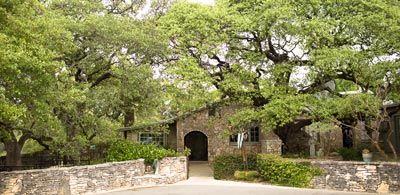
Clients may choose to enroll in an inpatient or outpatient addiction treatment program, depending on their needs and circumstances. An inpatient program will provide an immersive treatment experience while the client lives at the treatment center with other peers in recovery throughout the duration of their program. An outpatient program, on the other hand, may provide more flexibility for those who cannot commit to a 90-day residential program. IOP meetings are facilitated in a group setting and held several times a week at a safe, clinical location.
The primary goals of long-term treatment at marijuana addiction rehab centers are:
- To help clients stop using marijuana and other addictive substances
- To help clients maintain long-term or lifelong abstinence
- To help clients be productive members of their families, workplaces, and society
Depending on the type of marijuana rehab program a person chooses, the cost will vary. Payment options include medical insurance, third-party loans, or out-of-pocket payments. Many employers will also offer Employee Assistance Programs (EAP) to help employees deal with issues like substance abuse. These programs can help reduce the cost of addiction treatment.
Continued Care Options for Marijuana Addiction Treatment
Once an individual has completed marijuana detox and rehab, he or she may continue treatment with several different continued care options. According to the NIDA, the longer a person stays in treatment, the more likely they are to achieve positive results.
Sober Living Programs
Sober living programs are designed to help clients transition from rehab to independent sober life. While enrolled, clients live in a safe, supportive, and clean transitional living home where they are required to follow community rules and engage in an ongoing treatment program.
Transitional housing programs also offer additional recovery support programs such as employment and education assistance, drug and alcohol testing, and peer-guided support groups to help clients stay accountable to their sobriety goals.
Sober living programs for men and women have many benefits for those in recovery from marijuana addiction and other substance use disorders. Transitional housing:
- Provides a safe space for clients to remain sober
- Helps clients stay accountable to their sobriety
- Gives clients time to practice essential life skills and learn how to live responsibly on their own
- Encourages clients to develop and build relationships with other individuals in recovery
- Offers additional support during the vulnerable first few months and years of sobriety
The cost of a sober living program will vary based on the program the client chooses. Location, residence and room type, as well as recovery support services, will all influence the cost of the program.
Aftercare Programs
Aftercare programs are perfect for alumni who have already completed a rehab program for marijuana addiction and are in recovery. Aftercare offers another level of support for individuals who are living sober on their own but want continued support and accountability. Aftercare group meetings are facilitated once a week and are held in a safe, clinical location where personal issues are discussed, advice and encouragement are given, and ongoing sobriety challenges are addressed.
Overcoming marijuana addiction is not impossible, but it will require hard work, dedication, and a long-term treatment plan that addresses all the different aspects of addiction.
Nova Recovery Center offers a large range of substance abuse treatment services: detox, residential, outpatient and sober living.
Treatment Options
Treatment Locations
Call Us Now and Begin Healing at (512) 605-2955
Or text us and we will call you right back.
Not quite ready for a call? You can fill out the form below.
What Makes Us Different
- Gender-specific treatment
- Evidenced-based treatment
- 12-Step immersion
- 90-day residential treatment
- Family program
- Full continuum of care
- Insurance and private pay
100% Confidential Guarantee
Confidential Consultation
Nova Recovery Center is dedicated to helping you or your loved one get help. Please call or fill out this form for a confidential consultation.
One of our understanding, dedicated advisors will contact you about your options. Begin healing today.
Nova Recovery Center is dedicated to helping you or your loved one get help. Please call or fill out this form for a confidential consultation. One of our understanding, dedicated advisors will contact you about your options. Begin healing today.
